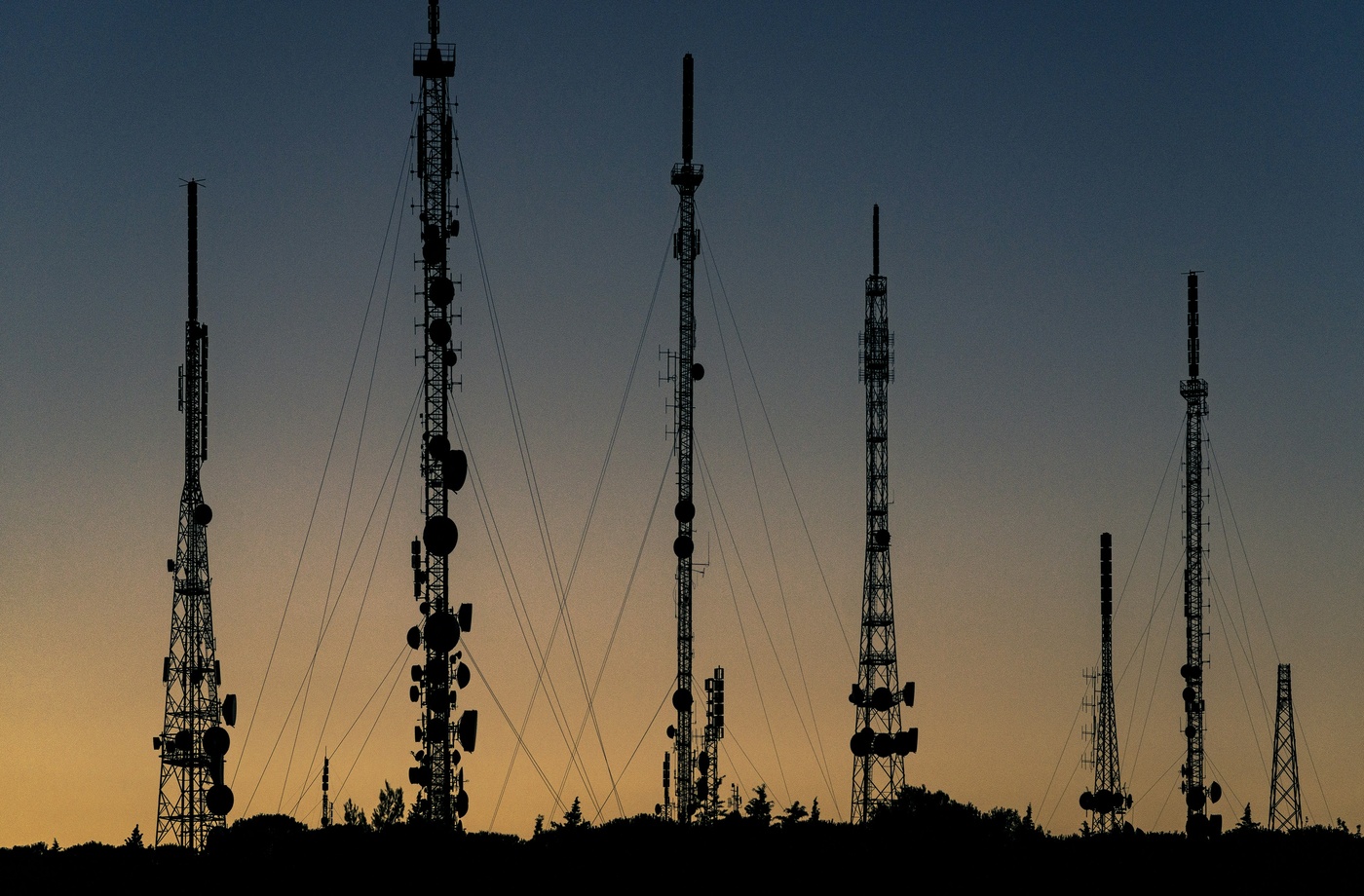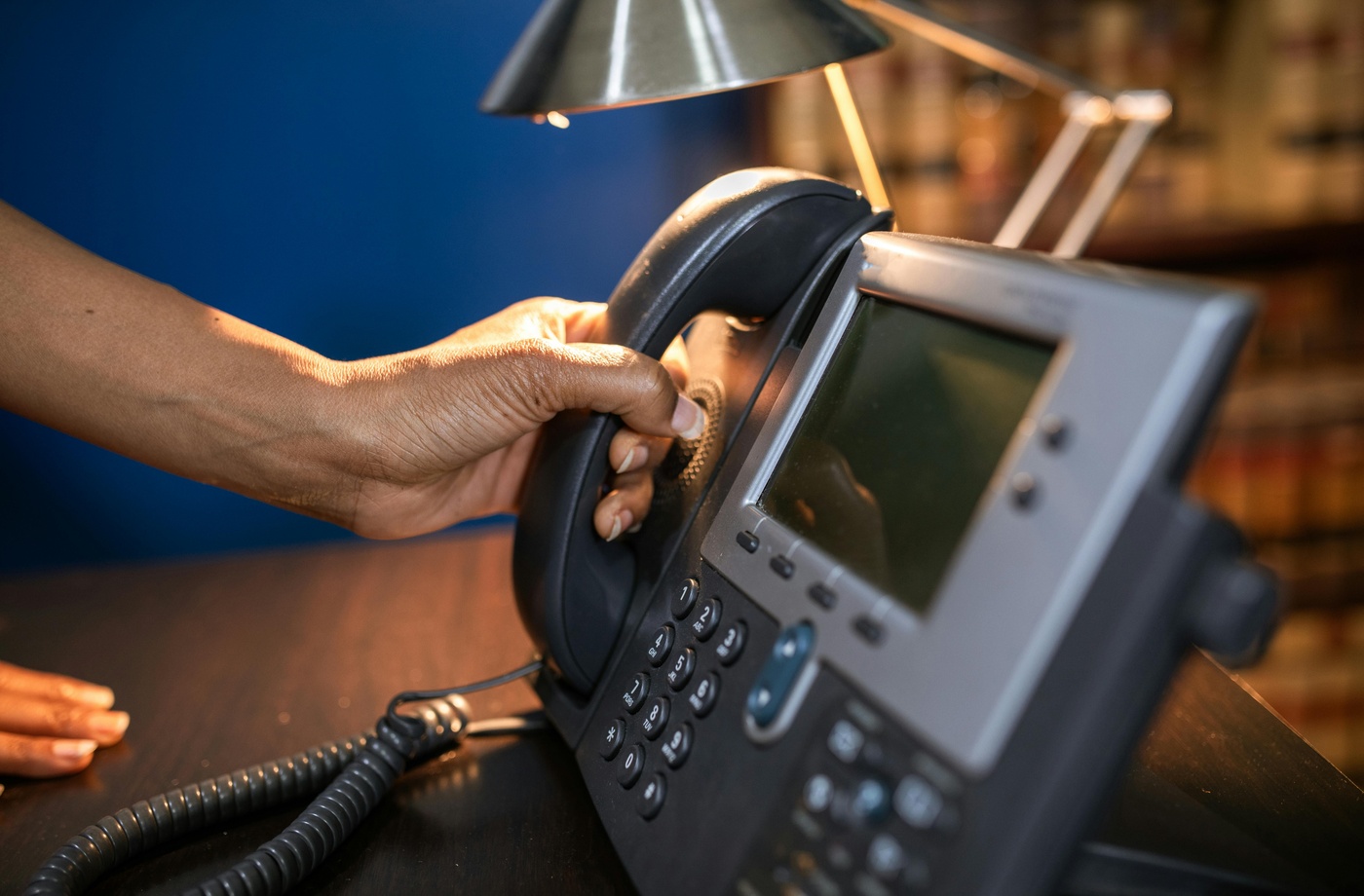When upgrading your business’s telecom infrastructure, one of the first decisions you face is whether to lease or buy your equipment. From phones and routers to conferencing hardware and network servers, each financing approach has distinct advantages and drawbacks. Here’s a clear breakdown to help you make the right decision.
- Pros of Leasing Telecom Equipment
- Lower Upfront Costs
Leasing minimizes initial expenses, preserving cash flow for other business investments. This is particularly helpful for startups or businesses with rapid growth plans. - Easier to Upgrade
Technology evolves quickly. Leasing lets you refresh your equipment at the end of the lease term without having to sell outdated hardware yourself. - Predictable Budgeting
Monthly lease payments are consistent, making telecom expenses easier to predict and manage within annual budgets. - Tax Advantages
In many cases, lease payments can be deducted as business operating expenses. Always check with your accountant or tax advisor to maximize deductions. - Bundled Support and Maintenance
Some leasing programs include hardware support, firmware updates, and even insurance coverage, reducing maintenance burdens on your IT team.
- Cons of Leasing Telecom Equipment
- Higher Total Cost Over Time
While leasing lowers upfront costs, you typically end up paying more over the life of the contract compared to purchasing outright. - Limited Flexibility
Early termination of a lease can trigger steep penalties. You are generally locked into the terms until the lease ends, even if your needs change. - Ownership Issues
At the end of the lease, you usually return the equipment—meaning you have no asset to resell or continue using without entering a new agreement.
- Pros of Buying Telecom Equipment
- Full Ownership
Buying means you own the equipment outright. You can use it as long as it meets your needs, resell it, or repurpose it as your technology strategy evolves. - Lower Long-Term Cost
If you plan to keep the equipment for several years, purchasing often costs less over time than leasing. - Customization Flexibility
Ownership allows you to configure hardware or software without restrictions often imposed by leasing companies. - Asset Depreciation Benefits
Purchased equipment may be depreciated for tax purposes, allowing you to spread the cost over its useful life. - Reference: IRS Guidelines on Business Asset Depreciation
- Cons of Buying Telecom Equipment
- Higher Upfront Investment
Buying equipment requires significant capital outlay, which might strain budgets—especially for newer or growing companies. - Risk of Obsolescence
Technology depreciates fast. If you buy today, you could be stuck with outdated systems in just a few years unless you invest in scalable solutions. - Maintenance Responsibility
Ownership means you are responsible for all repairs, upgrades, and security patches, potentially increasing total ownership costs.
- Which Option Is Right for You?
Consider Leasing If:
- You expect rapid technological shifts
- Preserving cash flow is a top priority
- You prefer regular refresh cycles
Consider Buying If:
- You plan to use the equipment for 3–5+ years
- You want full ownership and control
- You have the budget for larger upfront investments
Both leasing and buying telecom equipment can be smart business moves—depending on your cash flow, growth projections, and technology needs. A blended approach (leasing some items, buying others) also works well for many businesses looking for balance between flexibility and long-term savings.



